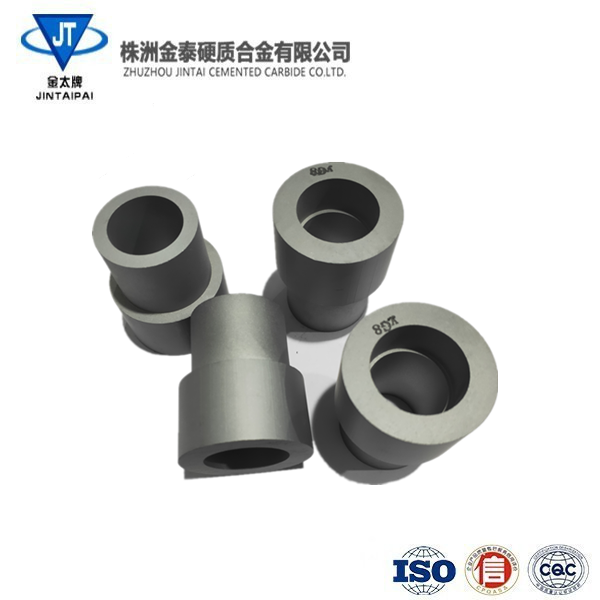Hard alloy molds are an important tool widely used in industrial manufacturing, with excellent properties such as wear resistance, high temperature resistance, and corrosion resistance. The following will introduce the properties and welding methods that hard alloy molds should possess.
1. High hardness: Hard alloy molds should have high hardness to ensure that they are not easily worn during use. The hardness is mainly determined by the carbide particles inside the alloy, and the hardness of hard alloy molds is usually above HRC60.
2. Good wear resistance: Hard alloy molds should have good wear resistance and be less prone to wear during long-term use. The method of increasing the carbide particles inside the alloy is usually used to improve the wear resistance of hard alloy molds.
3. Strong high-temperature resistance: Hard alloy molds should have high high-temperature resistance and be able to be used for a long time at high temperatures without deformation or cracking. Usually, adding elements such as cobalt is used to improve the high-temperature resistance of hard alloy molds.
4. Good corrosion resistance: Hard alloy molds should have good corrosion resistance and be less susceptible to chemical corrosion. Usually, adding elements such as nickel and molybdenum is used to improve the corrosion resistance of hard alloy molds.

The properties and welding methods that hard alloy molds should possess
Welding method:
Hard alloy molds are usually repaired or connected using welding methods, including arc welding, laser welding, and plasma welding. Among them, arc welding is a commonly used method, mainly divided into manual arc welding and automated arc welding.
Manual arc welding: Manual arc welding is a common welding method with simple and convenient operation. In the repair process of hard alloy molds, the welding wire and the surface of the hard alloy mold are melted by an arc, forming a layer of coating to repair or connect the two components.
Automated arc welding: Automated arc welding is an efficient welding method mainly suitable for large-scale production scenarios. By using welding robots or welding equipment for automatic welding operations, welding efficiency and quality have been improved.
Laser welding: Laser welding is a high-precision, low heat affected welding method suitable for situations that require high-precision welding. Melt the surface of the welded components through a laser beam to achieve welding connections.
The above are the properties and common welding methods that hard alloy molds should have. By continuously improving the performance of hard alloy molds and selecting appropriate welding methods, the service life and work efficiency of hard alloy molds can be effectively improved.
Post time: Jul-16-2024












